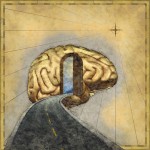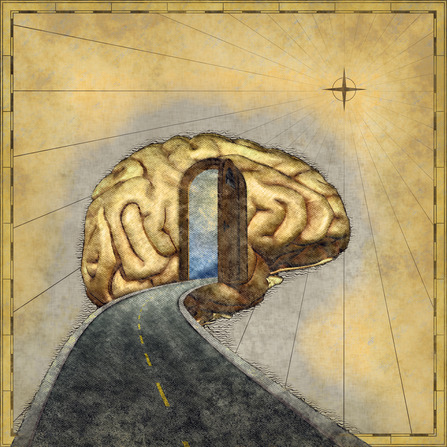NLP
What is NLP?
 You might have heard of NLP (Neuro Linguistic Programming) but how much do you really understand about what NLP actually is?
You might have heard of NLP (Neuro Linguistic Programming) but how much do you really understand about what NLP actually is?
Some describe NLP as “The study of subjective experience”, or ” an attitude and methodology that leaves behind a trail of techniques”, and with a complicated sounding name, it’s no wonder that most descriptions of NLP are just as confusing.
So let’s dispense with the confusing and complicated explanations by breaking down the jargon, discussing where NLP came from, how it’s used today and how YOU can use it to improve your life. (If you’d rather skip to how NLP can benefit you click here).
Before we begin you might be interested in this video in which Richard Bandler (one of the guys who created NLP) briefly explains what NLP is, and how it began.
[vc_video link=”http://youtu.be/8vlcsFJyEXQ”]N.L. What?
If you’re like me, when you first heard of NLP you probably thought it had something to do with computers or the internet. While that’s not the case, the idea of reprogramming our minds is a core idea of NLP. To explain what Neuro Linguistic Programming is, lets’ start by breaking it down:
- Neuro– Relating to the mind, and the way we think
- Linguistic– Communication, both internal (thoughts) and interpersonal (speech and body language)
- Programming– The patterns of behaviour we repeat throughout our lives, and how we can change (reprogram) them
When we bring these together we see that NLP deals with the way communications affects our thoughts, which in turn affect our actions and behaviours, which determine the results we get in our life. Taking this a step further it’s about how to actually change these thoughts, which has a flow on effect to our behaviours and to our results to get more of what we want, and less of what we don’t.

